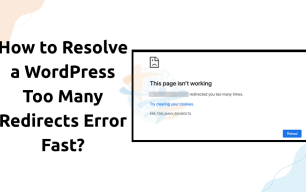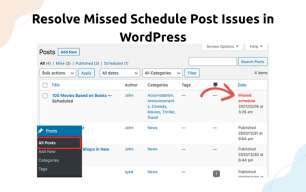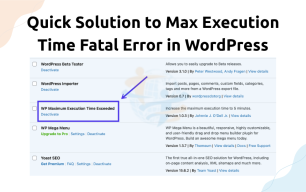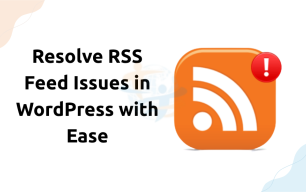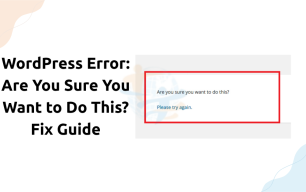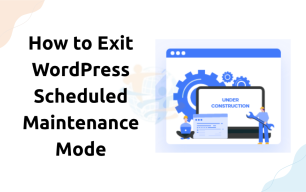How to Fix the “Link You Followed Has Expired” Error

You attempted to upload a theme or a plugin and got this kind of error notice: The link you followed has expired.
Don't panic. This warning is a standard WordPress error message.
This is how to resolve it quickly and safely.
1. Why Does This Error Occur?
- First of all, you recognise why this issue has arisen.
We focus on these reasons:
- Your server's PHP settings are too low for the upload.
- WordPress aborts the upload and displays this error.
2. Modify PHP Config in .htaccess
The first way to solve the problem is to adjust your PHP configuration.
Steps:
- Using FTP to connect to your website. or File Manager.
- Open the .htaccess file.
- Add the following lines at the bottom.
@ini_set( 'upload_max_size' , '120M' );
@ini_set( 'post_max_size', '120M');
@ini_set( 'max_execution_time', '300' );- Save the file and try uploading again.
- File size and upload time limit are upward by this method.
3. Modify functions.php File
- You can modify your theme's functions.php file for this reason.
- Do the following:
- Go to Appearance > Theme File Editor.
- Find and open functions.php.
Add the same code lines as above.
define( 'WP_MEMORY_LIMIT', '256M' );
4. Edit php.ini File (If Possible)
If you are lucky enough to have access to edit the php.ini file, you can do so.
Steps:
- Access your site's files.
- Search for php.ini or create one.
- Add the following code:
upload_max_filesize = 128M
post_max_size = 128M
max_execution_time = 300- Save the file and try uploading again.
- This works great on most shared hosting plans.
5. Call your host
If you don't feel like opening a file, there is a simple solution.
Just get your hosting help to raise your PHP limits.
Most providers will help you out quickly.
For a better understanding, don’t miss our article on How to Fix DNS Server Not Responding in WordPress.
Conclusion
The “Link You Followed Has Expired” error can be annoying, but it’s easy to solve.
Begin by increasing your file upload size and script time limits.
You can do this by editing files like .htaccess, functions.php, or php.ini.If you are not sure, reach out to your host for assistance. In just a few clicks, your uploads will be operating smoothly again.
Would you like a downloadable screenshot or a checklist guide for this?

